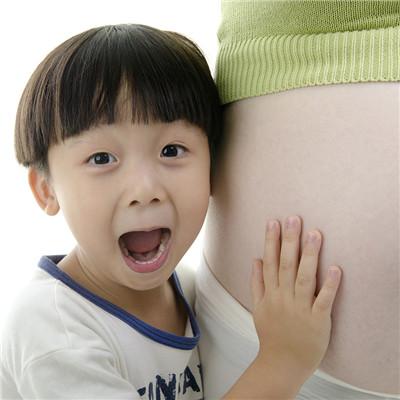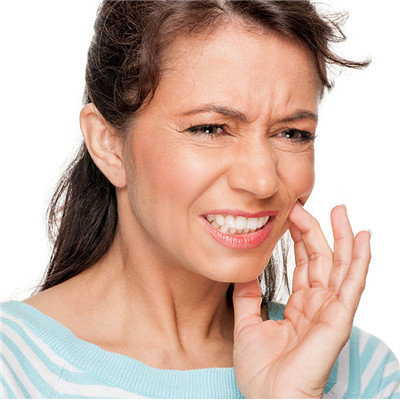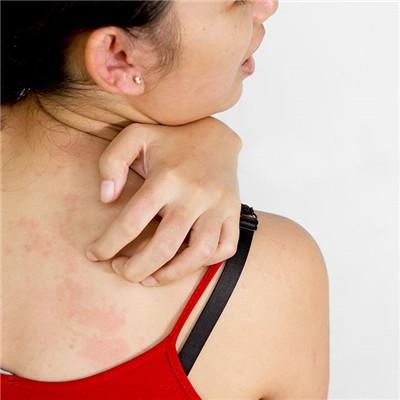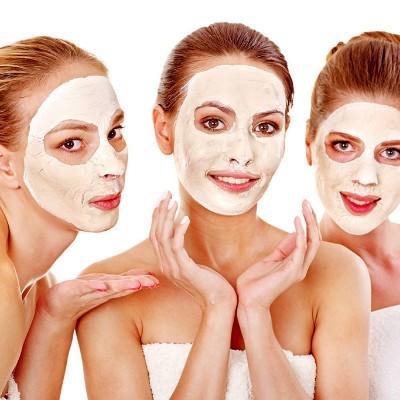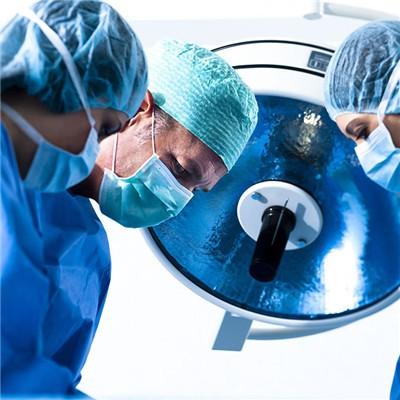How does oneself check mammary gland hyperplasia
summary
Breast hyperplasia is the first disease of a very bad woman. Breast hyperplasia is the most common breast disease in women. The incidence rate is the first in breast diseases. In recent years, the incidence rate of the disease has been increasing year by year, and the age is getting younger and younger. According to the survey, about 70% - 80% of the women have different degrees of breast hyperplasia, which is more common in women aged 25-45. Let me share with you how to self check breast hyperplasia.
How does oneself check mammary gland hyperplasia
First: Vision: stand in front of the mirror with hands drooping or hands akimbo, carefully observe whether the size of bilateral breast is symmetrical, whether the skin and nipple have depression or eczema, whether there is redness and swelling, whether there is abnormal protrusion, etc.
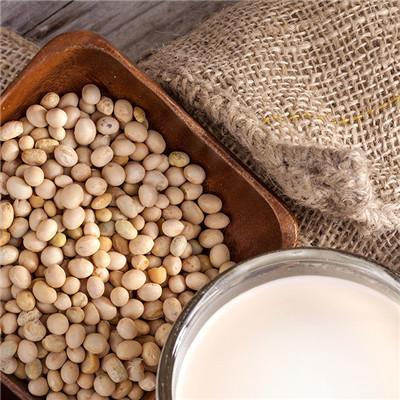
Second: Touch: raise or fork your left hand, check your left breast with your right hand, gently press your breast with your finger pulp, and touch whether there are hard lumps. Start with the nipple and check it in a circular clockwise direction. When touching, extend your palms horizontally and put your four fingers together. Touch the outer upper, outer lower, inner lower and inner upper areas of your breast with the finger pulp of your index finger, middle finger and ring finger in order, and finally touch the nipple and breast in the middle of your breast Halo area.

Third: do not pinch the breast tissue with your fingers during the examination, otherwise the breast tissue will be mistakenly regarded as a lump. If breast tumor or nipple discharge is found, see a doctor in time to avoid delay.
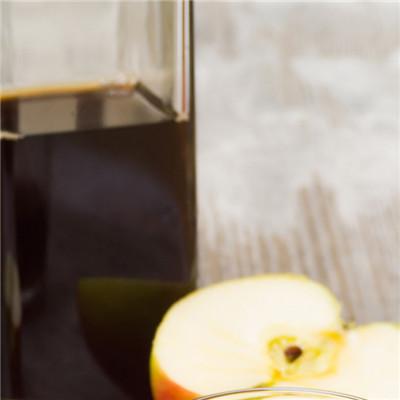
matters needing attention
Pregnancy and lactation are the normal functions of women's body, which is a physiological regulation of breast function. Therefore, timely marriage, childbirth and lactation are beneficial to the breast. In addition, maintaining the harmony and regularity of husband and wife's life can eliminate the factors that are not conducive to breast health.

